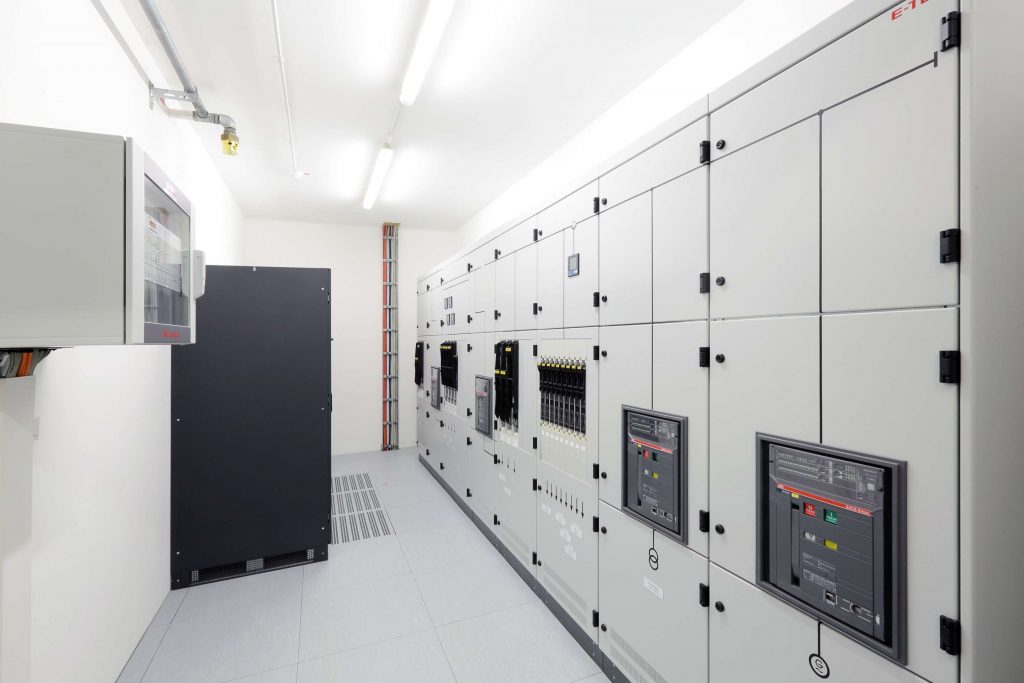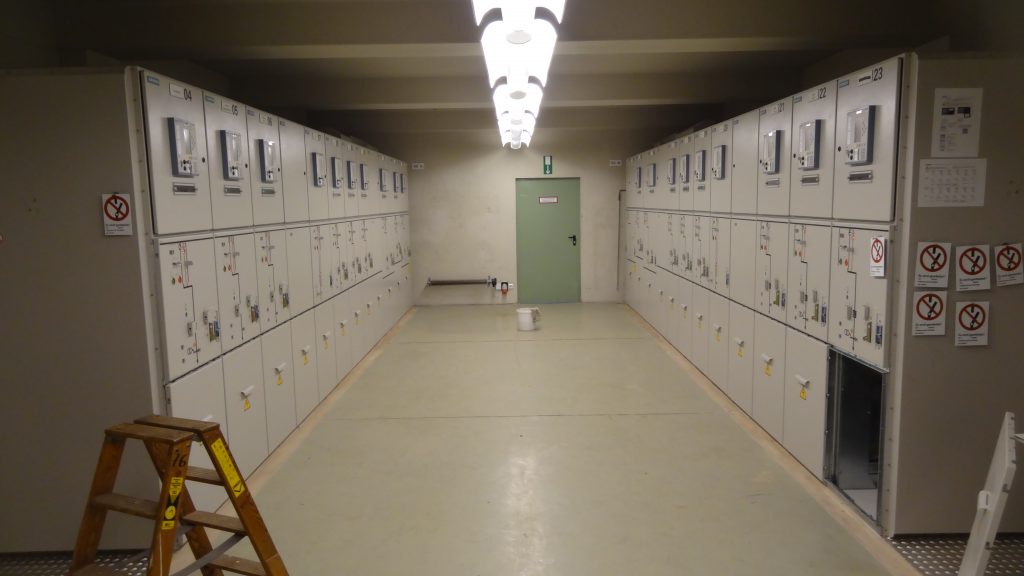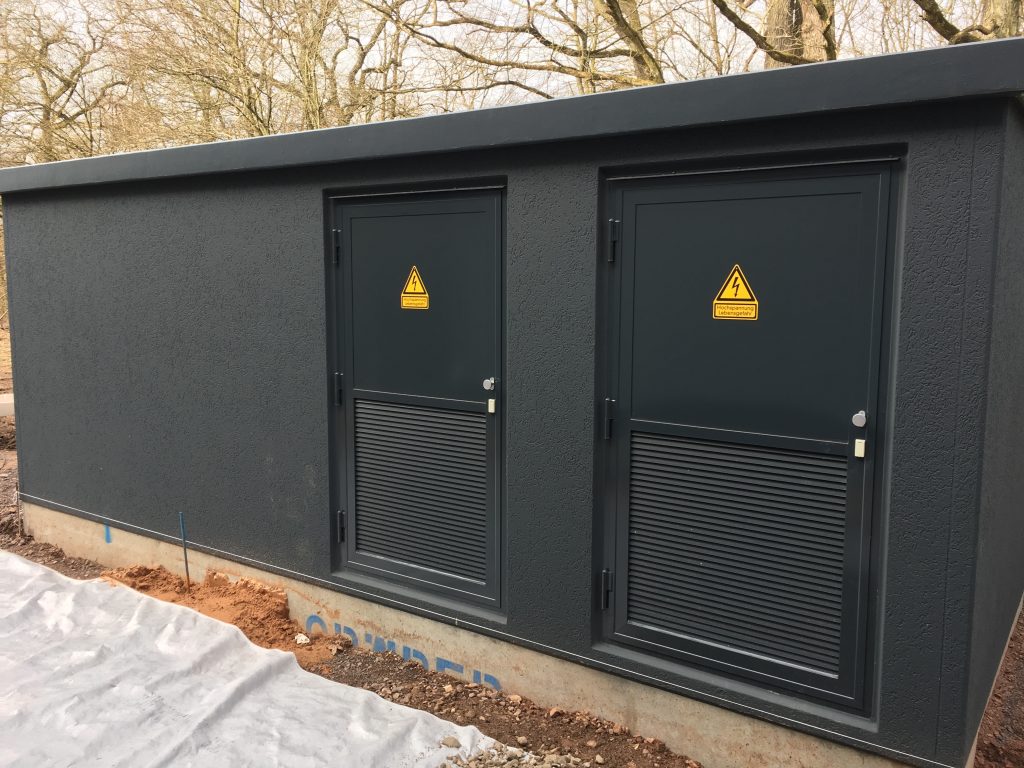Of course, for worry-free operation of a data center, it is not enough to have constructed a stable building. It requires sophisticated power supply and emergency power technology. Only if you can continuously supply the servers with enough power, it is possible that you can provide stable services over it. One of the most important components of a data center is thus the power supply.

Sufficient capacities
It's not immediately obvious to many people, but power technology also has its limits. While in your own home you usually assume that only the circuit's own fuse limits the maximum number of devices behind it, it's a bit more complex than that. The best way to compare it is to a water circuit where, similar to electricity, the pipes limit the maximum flow rate. Electricity is subject to similar laws and here, too, it is important that the lines which are led to us from the power plant, or as in our case, from the substation, also have sufficient capacity.
It is important that the feeding cables have a sufficiently large diameter so that enough current can be transported over them. The sizes of these cables vary, of course, and also depend on the voltage environment in which we are located. We get our electricity from a directly adjacent substation and have two of our own switchgear panels there.

From these switch panels, our data center is supplied with power from the medium-voltage range via two different feeders. Spatially separated, these cables lead directly to our site to the transformers located there to be transformed into the conventional voltage of 230 V.

The advantage of this type of connection is obvious: no other customer of the power grid operator can create a disturbance in our power grid due to malfunctions or faulty switching, and thus we are protected from outside interference. The same applies to our transformers, because often data centers are connected to jointly used transformers of the distribution network operator and in such a case the data center operator shares one or more transformers with other customers of the electricity provider. In our case, we are completely self-sufficiently connected to the high or medium voltage network of the distribution network operator.
Because the substation in question is our direct property neighbor, damage due to construction work in the vicinity of the cable routes is ruled out or the risk is significantly lower than in a publicly accessible area where private companies could carry out construction work. This constellation ensures us continuous access to the regional power grid and will reduce outages to an absolute minimum.
The feed lines are also sized so that the entire data center can be operated via a single cable at any time. This facilitates maintenance and repair work on the power grid, as it is possible to switch from cable to cable at any time and without interruption.




